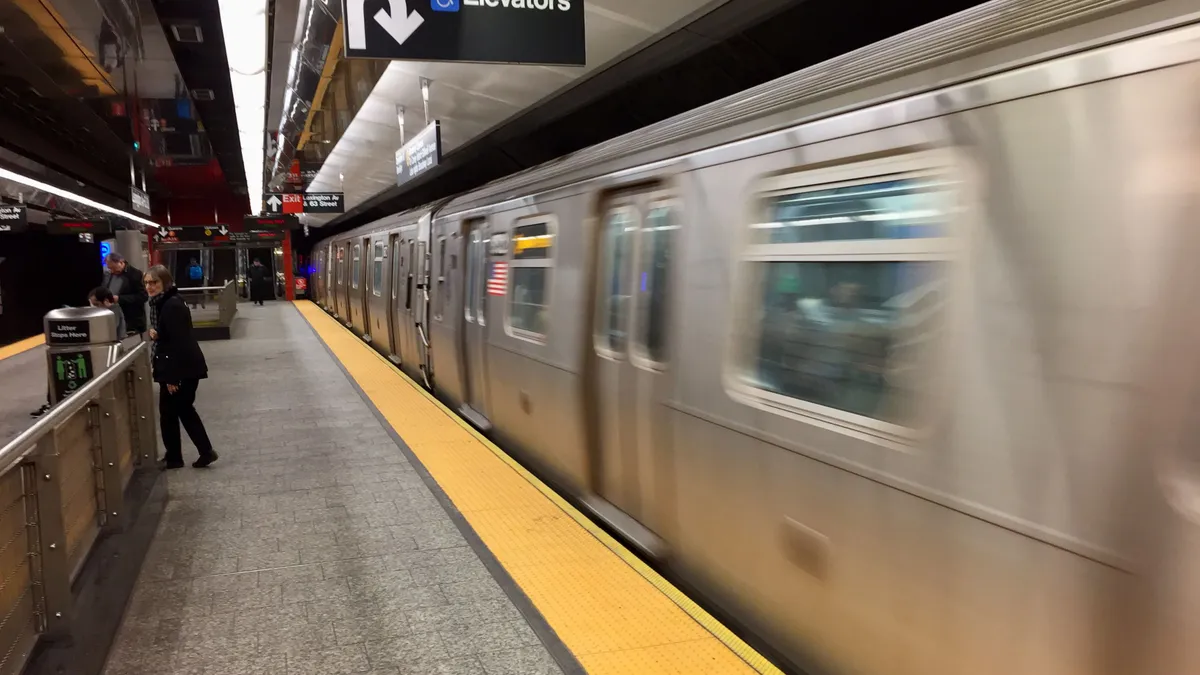In two major light-rail transit projects, weekday ridership was about 30% less than predicted, according to a Government Accountability Office report issued Monday. For both projects — the Charlotte, North Carolina Blue Line extension and the Seattle University Link extension — capital construction costs came in lower than expected, but operating and maintenance costs were higher.
The GAO reviewed eight transit projects partially funded by the Federal Transit Administration’s Capital Investment Grants program. The FTA regularly reviews such projects in a series of “Before and After” studies to determine whether they have delivered on their promises. Under the 2021 infrastructure law, the GAO must review the FTA's implementation of the CIG program every two years.
The FTA issued four before-and-after studies between 1990 and 2020. The GAO found that project leaders' predictions of capital costs and ridership have improved over that time span. None of the projects in the 1990 report saw ridership come within 20% of projections, while nearly half were on the mark in the 2020 report. And while no project came within 10% of estimated costs in the 1990 study, 86% did in the 2020 review.
The GAO credits the FTA with developing a capital cost database to help developers improve cost predictions and with conducting regular oversight reviews to monitor and assess projects in progress.
But only two of the eight projects reviewed in the GAO report had complete information; the FTA had not completed its before-and-after studies for the other six. However, publicly available data examined by Smart Cities Dive revealed additional insight into most of these projects.
- Fort Worth, Texas — TEXRail commuter railroad: The 26.8-mile line opened in 2019 with a projected weekday ridership of 8,300, but it’s carrying less than 2,000 weekday riders, according to Trinity Metro, the agency that oversees it. The project came in about $80 million under its projected $1 billion cost, according to news reports.
- New York City — Second Avenue Subway, phase 1: Weekday ridership is 200,000, exceeding the initial expectations of 191,000. The project also came in significantly under the projected $5.6 billion cost. The New York Metropolitan Transportation Authority pegged the final cost at $4.6 billion. However, it is the world’s most expensive subway line on a cost-per-mile basis.
- Santa Clara County, California — Bay Area Rapid Transit Silicon Valley Extension: Opened in June 2020 at the height of pandemic lockdowns and remote work programs, initial ridership projections were over 22,000. While specific data wasn’t available for the extension, BART’s overall ridership is just 34% of pre-pandemic levels. The FTA recently cut ridership projections for phase 2 of the extension by 20,000 riders.
- San Diego — Blue Line Trolley Extension: On opening day in November 2021, ridership more than doubled on the Blue Line, and the Metropolitan Transit System estimated that there were about 24,000 trips along the extension alone, nearly matching the predicted weekday ridership of 24,600. One year later, MTS reported that the Blue Line had seen a 73% increase in ridership.
In many cities, changing work patterns and other issues have dampened the return of riders, creating financial woes for transit agencies.












